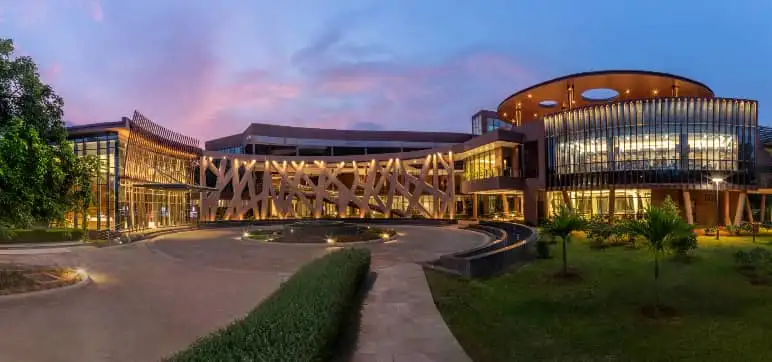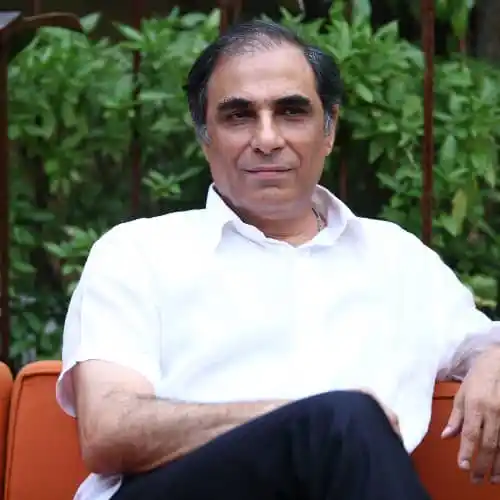Please tell us about your vision for the year 2030 and beyond for the Indian construction sector.
Okay. We just had very difficult years due to the pandemic and everybody is now aware of how the world has faced it with the help of the government and the consequences of the pandemic. The most important thing that we have learned is to focus on the environment, global warming, climate change, etc.
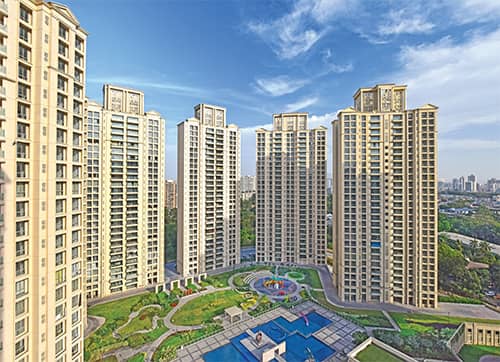
For us as a country, one of the most important aspects to consider is that we are the most populated country in the world. For us, the problems are manifold, and we are a democracy, because of which joint decision-making is time-consuming, since we look for consensus solutions. On one side we have a population of 1,4 billion, and on another side, we have a land area of only 2.4% of the world’s total land area, which is minuscule considering the population.
Our population is approximately 17 or 18 % of the world’s population, and that puts us in a very precarious situation. On the other hand, climate change is because of years of deforestation, which we have not taken care of. There have been many conferences in which we have been talking about the carbon content in the air.
The whole world is getting very aware of it, and our government and the Honorable Prime Minister are also very supportive. In several meetings, he has agreed that our forest cover will be increased from
the present 22 to 30+ per cent in the next few years. Reduction of use of fossil fuels, adoption of renewable energy, water resources, food securities and achieving net “0” environment.
Rural agricultural land comprises 55 to 60 per cent of the total land area in India. Many of the land areas are marked as forest land though we don’t see a single tree on those marked portions. Actual forest land may not exceed 6 to 7 %. The wildlife is also very important for the existence of a human being. At least in Mumbai where I stay, we hardly see any birds.
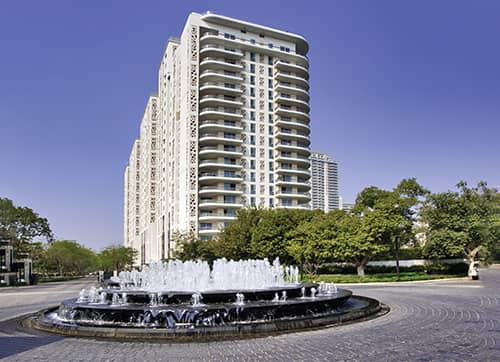
Ar. Hafeez Contractor
Our urban cover & population are quite high compared to any other country and India is a developing country. Let’s look at how the cities are developing in India. Years back all the present cities were small towns, including Mumbai, Delhi, Pune, or Ahmadabad. When I used to go to Ahmedabad as a student, there was just one ring road, and most of it was agricultural land. Now there are second are third-ring roads. Similar growth is seen in Pune too.
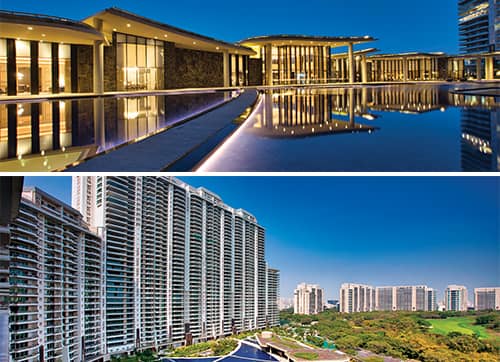
The city peripheries are growing at a faster pace, which is going to have new development and infrastructure. You may find that the developments in the peripheries or the suburbs have a lesser Floor Space Index (FSI) than the city. This is due to the political and other influences. The calculation of FSI should be based on the population and available land area in a city and for the country.
The second thing or the most important thing is that, along with the growth of the cities, farmlands are getting gobbled. What about our food security and water resources? We have to look at that. We have been having low rise with less FSI as the mantra for years. Now, we have to change our mantra from low rise to high rise, and super high rise. Because unless until you go super high rise, we can’t restrict your urban cover, and we will lose all our farmlands which in turn gobbler forest land. We have to preserve our forest cover.
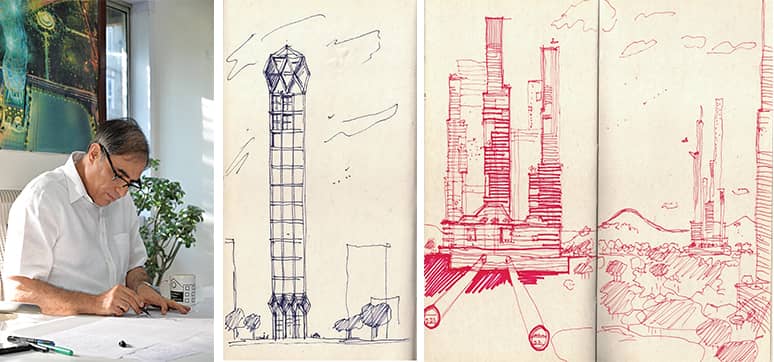
In India, the urban cover is about 10% compared to 3 or 4 per cent in other countries. We are not going to decrease the farmland, wetland, or forest land. But we need to reduce the urban cover. That is where a new urban approach will come into the picture. How are we going to build? Are we going to build in the same way with brick and concrete? That will be very expensive. Another point is the increasing number of earthquakes, floods, and other natural calamities.
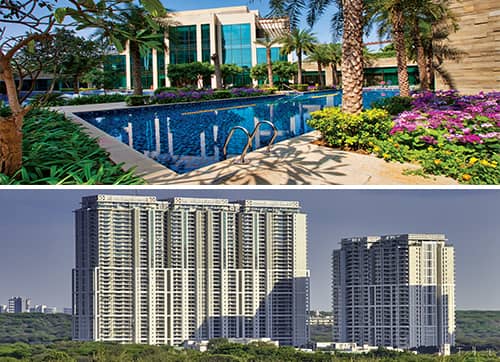
So you have to devise a way by which buildings are built higher and safer. The golden answer or solution for this is façades or buildings built with lighter materials. If you have heavy materials, the building will be swinging much more. So the solution is to replace traditional materials with lighter materials and innovative structural solutions. We have to use new lighter materials, e.g. – composite materials of glass with others – a one-and-a-half-inch thick façade becomes an external façade, which is not just glass. The material is again a choice, depending on the type of building and the purpose of it.
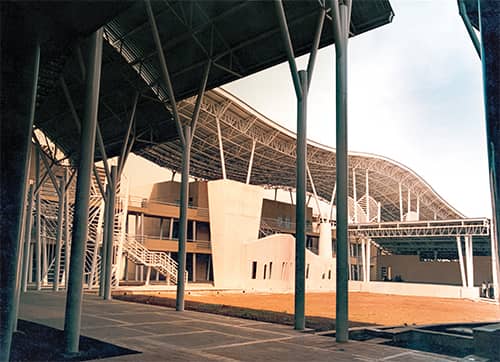
Today, a lot of people are living in slums in one-room kitchens, in 100 or 150 square feet with three and four kids, with one common toilet outside. If the economic situation is better, all of them will have at least a small flat to live. What will happen to our cities when this influx of people comes to cities for jobs?
We came to know that you and your team recently met Prime Minister, Sri Narendra Modi to present a design policy and solution for the housing crisis in urban India – for cities, like, Mumbai. Could you please tell us the crux of your discussions and the solutions and outcome of the discussion?
See, I am nobody to say that I’m working on the eradication of slums. The first policy for slum redevelopment was formed by Mr. Bala Sahib Thakre, and the housing minister at that time, Mr. Sureshdada Jain. That was formed when I went to them with an idea and they adopted that idea.
I had the good fortune or the bad fortune of going into slums. There were no toilets. We worked out a scheme with Sureshdada Jains’ approval. He was very positive. At that time, I remember, my office was working 24 X 7 hours, and we mapped all the slums of Mumbai. Then we formulated a proper framework and went to Dada Saheb. So many other politicians were there.
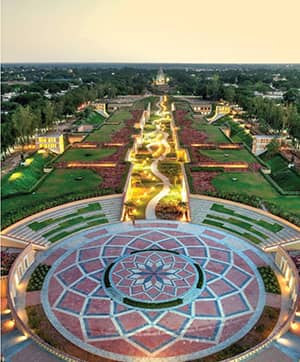
Everybody told Balasaheb Thakare not to go ahead with the slum redevelopment programmes. Balasaheb, I really respect him. He was the only one who stood against all of them and he said that I had to go ahead with the project. And with that, hundreds and thousands of people have got free housing today. There was a lot of opposition. After that, the slum redevelopment policy was formulated. Today the people staying in those redevelopment schemes are thankful to us for the toilets.
Not a single Indian media reported this slum redevelopment project, on how so many thousands of people have got free housing. It was only the New York Times that reported this initiative, giving a 2-page coverage. “Ghar Ki Murgi, Dal Barabar”.
What has happened to that policy?
We went to the Hon’ble PM Narendra Modi ji.
There are some laws that have to be followed, and because of that, it is taking quite a lot of time to implement those policies. We need to have a new policy by which the slum redevelopment policy needs to be tweaked to accommodate the inflow of people into our cities, which is much higher than what we can house.
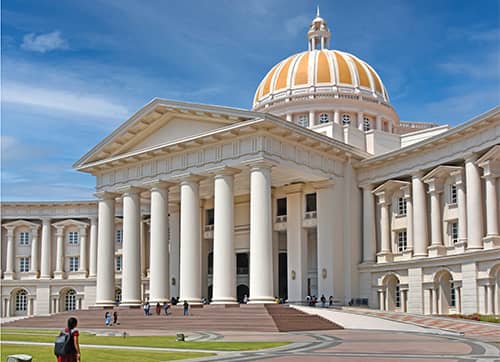
So I went to our honourable Prime Minister and requested that he has to do something, maybe creating a new policy. I showed him how he could do it and implement it faster and cheaper. Modi ji was very positive. I really respect him and thank him for giving us the audience and he has directed certain people to work on it along with us. God willing, if it comes up, India will be a different place, and that is what I’m looking forward to.
So you are working towards “A home for every Indian”, which is your dream. You are a visionary who thinks, not just for the next 10 years, but 100 years ahead. We are sure that your dreams will come true.
Are the slums really being irradiated? Or are they just being shifted from one place to another?
Every scheme will have some negative points, right? Now when we are redeveloping a particular slot, we are giving them a flat or a house of 300 to 325 square feet. As time passes, the situation might change and the fellow who has stayed in that slum his whole life, at the age of 60 or 65, would not like to stay in a city, and move on. He might make some money by selling his flat. So that’s one way of looking at it. But no one is moving from one slum into another and selling his house, that is completely wrong.
How do we go about hiking FSI in cities like Mumbai?
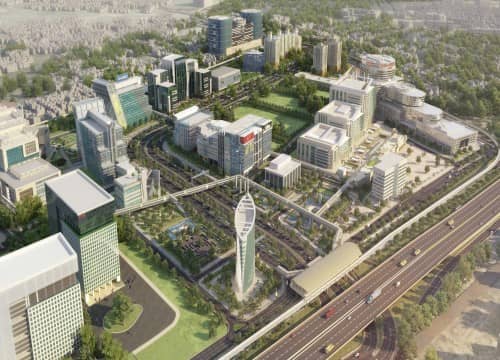
Not just in Mumbai, let us consider all urban areas. Since independence, our government, or the government that was there at that time, never gave any importance to the urban area. Yes, it was the right decision at that time to give importance to the rural areas. In the city and urban areas, they never increased the FSI. It was okay. Then the urban areas did not have that much of an influx. Now, the urban areas have a tremendous influx. To meet this, FSI was increased by a notch, which is not adequate.
But things have changed after 75 years after independence, From the present FSI of 1.33 & 1, 2.5 in suburbs and 3 in the cities for residential projects, it can go to 6, 7, or even higher. But the administration and the government are scared. When they know that our population is so much, and nearly 75% of our rural population is going to migrate into cities, what are we doing about our cities, urban development and FSI?
Property prices are skyrocketing. We are very proud to say that Mumbai is the third most expensive housing market in the world. I think it’s a shame that we have to put all the saved money into buying a house. Is it the right thing? Hosing should be more affordable. So, we have to bring down the pricing of housing on parity of our earning capacity.
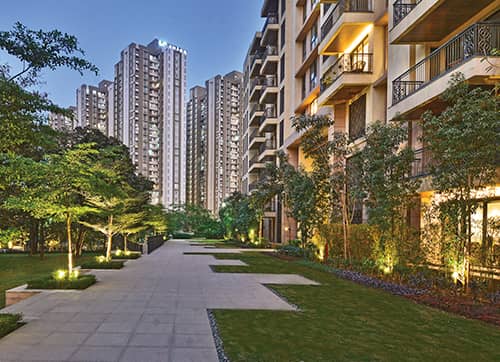
For this, as I mentioned earlier, we have to build more higher, faster, and safer. Right now, we have materials like concrete and steel. We have to develop better materials that we will be able to build faster. I don’t see anything on the horizon though. There is a lot of talk about carbon concrete and other things. But there is nothing really concrete about it. Our cities are also levying tremendous amounts of taxes, and they have to pay for the services offered. So, we are in a very difficult situation. A few years back, we were looking at various cities like Mumbai and Delhi. Today, we are looking at the world as one place.
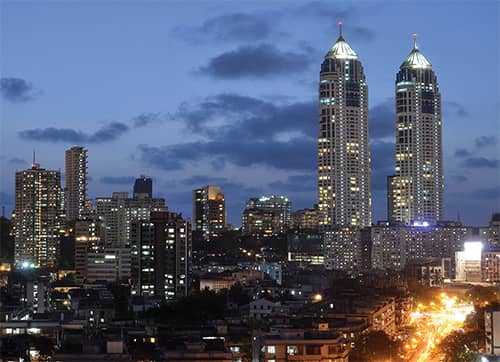
If we have not been able to take care of the health of the entire urban population, like proper sewage and sanitation. We need to find new ways of generating power and disposing of garbage. We need money to manage all of that.
As I said earlier, façades should not be heavier. Previously the external façades were 9 inches thick with plaster, and now we have it in Myvan in six and eight inches. We need something that is still lighter, faster to build, easier to clean, and less than 2 inches of thickness. I need sandwiched glass on the façades, probably with coloured glass.
Please give us your brief on your dream for façades, say, for example, 30 years from now.
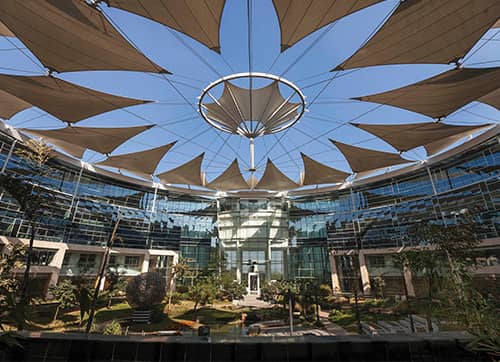
Sooner or later the façades are going to be completely different. 50 years ahead, I don’t see buildings on the land. Buildings will be high up in the air with a different material. You might be having flying buildings. You will be having buildings, which are constructed 200 feet above the land. Because we need that much forest area to keep our temperatures low. We might reach a population of 15 billion by then. People might have to fly from one building to another. This is going to be happening sooner or later. because land is a precious commodity. You cannot duplicate land or manufacture it, everything else can be and will be manufactured.
Talking about agriculture and food, probably we will be depending on artificial meat, and artificial food. Very soon, with medical advancement, we might be able to live 160 or 200 years. Imagine 15 billion people with a life span of 200 years! It might go up to 20 billion.
I have always wanted to give service to the people, and my design has always been what a person or client needs, what the area needs, and what the situation needs. And I will continue to move on the same path. I don’t think I am on the wrong path. As far as I’m concerned, I fully believe in what I’m doing for social housing. Urban growth should be compact and vertical.
I have this dream about India, and I hope one day we will see our country where every person has a comfortable affordable house to stay in.
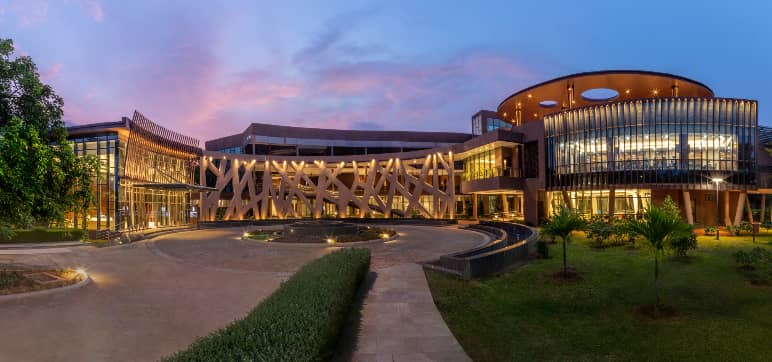
What is your advice to the young architects?
You are in the right field. Have faith in the power of design and creativity. For us, 2+2 is not 4; with creativity, it is 24.
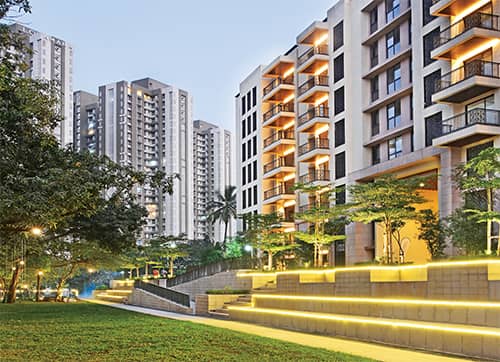
You must do the right thing, or whatever you feel is right. Care about others, and don’t just think about yourself. I sincerely feel that there is a lot of scope in this field, and we will be able to achieve the dream of a comfortable affordable house for every Indian.
My other advice is – Don’t do the things you are told to do but question them to check their credibility. And if everyone does that, our country will be better. And I have a lot of faith in our country.
